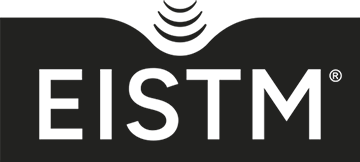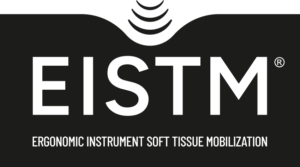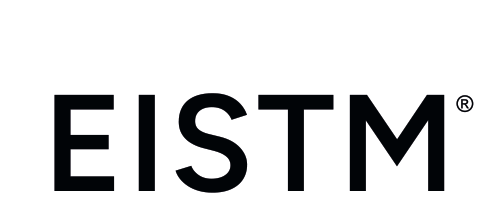FDA registered medical instruments
Rehabsurge is now fully registered medical device establishment facility. EISTM tools are now fully registered Class 1 Medical devices. Please check FDA Registration and Device Listing Database with Registration Number: 3032912829
Owner Operator Number: 10091625

Exclusive Availability on Amazon
For those interested in purchasing the manual only, it is exclusively available on Amazon for $99. You can choose between a print edition or a Kindle version to suit your preference. This manual is a valuable resource for professionals seeking detailed guidance and insights. To get your copy, visit Amazon today and select the format that best supports your needs.

Evolution of Tools
Advancements led to the development of second-generation tools such as HawkGrips, Graston, Astym, and Smart Tools, which have shown promising results. However, these tools often result in patient discomfort, including pain, petechiae, and bruising.

Limitations of Cleaning Methods
Ultrasonic cleaners present an alternative, but their standard sizes do not accommodate larger tools such as those from Graston. Moreover, tools made from materials like plastic may not withstand the heat and water in ultrasonic cleaners.
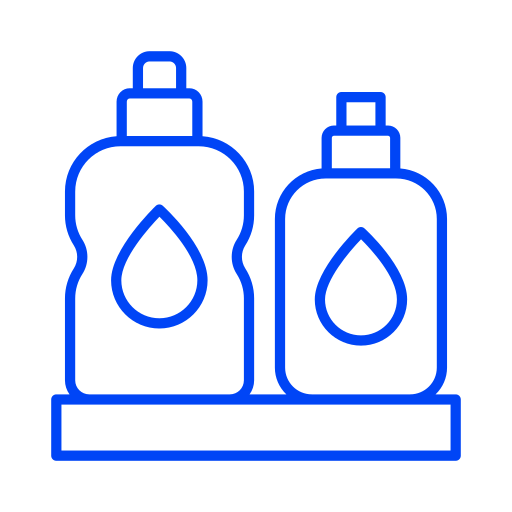
Issues with Emollient Application
The common practice of using emollients, such as cocoa butter or petroleum-based products, involves application methods that may compromise hygiene. Utilizing popsicle sticks for application does not guarantee cleanliness, especially when these sticks are stored improperly, risking contamination each time the container is opened.
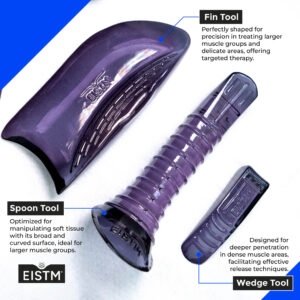
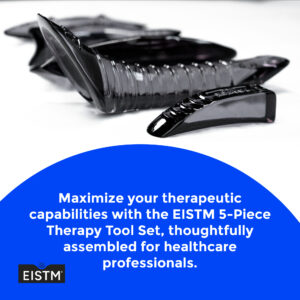
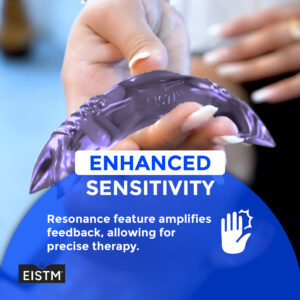
Ergonomic Instrument Soft Tissue Mobilization
Need for improved tools, standards and practice
The shift towards third-generation tools in soft tissue mobilization marks a significant advancement in improving therapeutic outcomes, efficiency, and safety. The FDA determined that IASTM products are medical devices because they are intended to temporarily increase blood flow and local circulation at the site of application in healthy individuals. The FDA has determined that IASTM products are medical devices as defined in section 201(h) of the Federal Food, Drug, and Cosmetic Act and are general wellness products (class 1 medical device). The FDA has not approved or designated IASTM products for any purpose and has not made any determination about, or endorsement of, its stated use or benefits.
Moreover, addressing hygiene concerns, particularly in minimizing cross-contamination, is paramount:
This holistic approach combines therapeutic efficacy with the highest standards of hygiene and safety, representing a comprehensive advancement in patient care and practitioner experience in the field of soft tissue mobilization.
